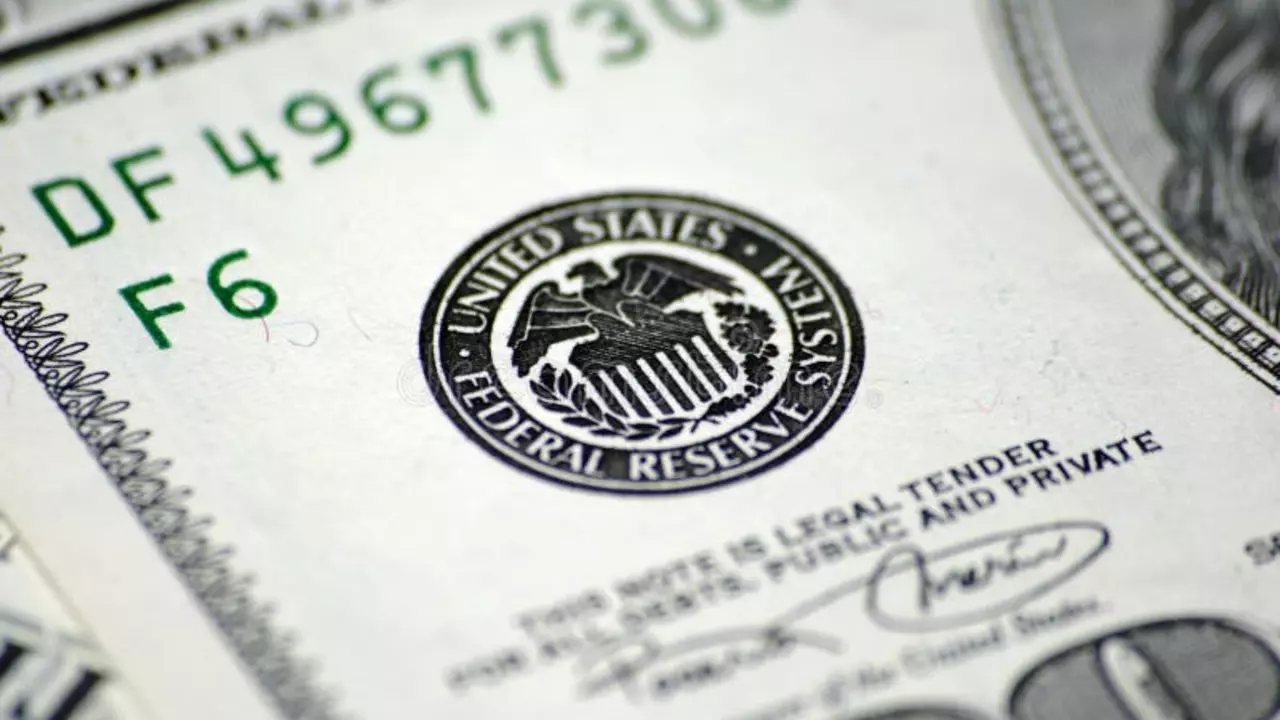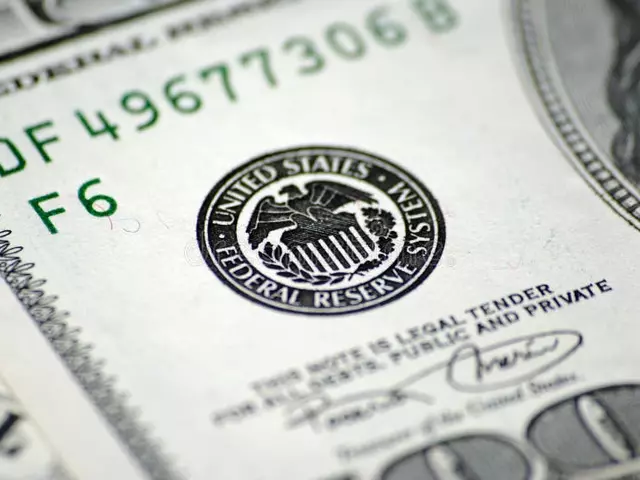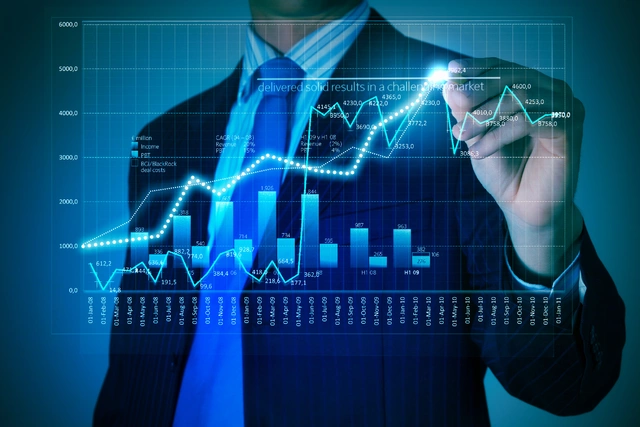Unmasking the Shadows: The Private Banks within The Federal Reserve
You know I have this Golden Retriever named Biscuit who loves playing fetch. He would dash after the stick like he's burning calories for a marathon, always bringing back the stick to my feet. It always made me wonder, "What if the sticks represent the private banks, and Biscuit embodies the US Federal Reserve?" Strange analogy, right? But bear with me. Just like Biscuit, the Federal Reserve System has been fetching for the economy's demands since 1913, while the sticks that make up the System are the private banks. It's a vast entity that seems complicated at first; just like the number of pet hairs I have to clean off my couch, thanks to my Siberian cat, Smokey! But the intrigue is worth untangling, and that's what I'll guide you through today.
Carving Out the Mystery: What The Federal Reserve Is
Before rushing into the intensity of the private banks composing the Federal Reserve, the concept of the Federal Reserve itself needs illumination. Imagine the Federal Reserve as a grand ship helming the sea of American finances—quite profoundly, I must add. It's the central bank of the nation, operating to provide the economy with a safe, flexible, and stable financial framework. It's the superhero of finance, donning the mask of Federal Open Market Committee (FOMC), regulating inflation and moderating elongated interest rates. Unlike my cat Smokey, who could leap from the couch to the bookshelf in one swift move, the financial world isn't quite as spontaneous. It needs a stable hand, and The Fed nails it.
Identifying the Ties: The Federal Reserve and Private Banks
The Federal Reserve System resembles an umbrella, overarching the US, with twelve regional Federal Reserve Banks reaching out beneath. And each of these twelve banks shelters a host of private banks, but not in the way you might think. They're not owned or controlled by the Federal Reserve. Instead, they're like members of an exclusive club – like the one consisting of small balls and squeaky toys that Biscuit and Smokey have formed in my home. The power structure is more complex than my pets negotiating whose turn it is to play with the best toy, though.
Peeking Through The Keyhole: The Makeup of Feds
Who are these mysterious private banks making up the Federal Reserve? In the US, national banks are required by law to be a part of the Federal Reserve System. These are the big players inhabiting Wall Street with colossal vaults and computer screens blinking with stock prices. But it's not just them. State-chartered banks also have the option to join if they wish to avail themselves of Fed services and benefits. Think of them as the underdogs of the banking world – not as popular or flashy, but still getting their share of the pie.
Clear Reflections: Understanding The Roles of These Banks
Just like how Biscuit and Smokey contribute to the joy in my home, these national and state-chartered banks lend their roles to the functioning of the Federal Reserve. They do so by having shares of stock in their regional Reserve Bank. This is a special stock, much like Smokey's precious feather toy. It cannot be traded or sold but provides a 6% dividend payment annually. Furthermore, they partake in electing six out of the nine board members of their regional Reserve Bank. It’s much like how Biscuit and Smokey elect to ignore me for their treats when they've had enough of my overly enthusiastic petting sessions.
These banks shape the monetary policy by providing key info about their local economy's status and outlook to their regional Reserve Bank. They are the eyes and ears on the ground, providing practical insights and up-to-date, reliable information. So even though the Federal Reserve is like a gigantic, omnipotent entity, the private banks functioning inside it are the ones bringing the human touch.
Federal Reserve In My Life
Now, looping back to the 40% chance of a personal story: My interest in the Federal Reserve brewed back in my high school when I partook in a stock market simulation. I, along with my friends, devised an 'investment club,' much like the private banks inside Feds forming their unique teams. Even then, I understood that money manipulated in the right direction can transfer the future. I can still vividly recall the thrill whenever we saw our pretend investment accounts sprouting profits. Well, it's safe to say; the bug has stuck since then. And now, I strive to untangle such financial mysteries for my fantastic readers - pump the jargon out of them, and replace it with relatability and curiosity—just how I like to explain things, even to Biscuit and Smokey.
The Federal Reserve, much like any other institution, isn't a standalone entity. It thrives on the particulars that shape it- and in this case, the private banks. These banks are the cogs in the extensive machinery that is the Federal Reserve, each playing its distinctive roles yet binding together to serve a bigger purpose. So, the next time you hear about the Federal Reserve, you know there's more to it than just a central bank. It's an organization making strides in the economy with countless private banks fetching their roles, much like Biscuit when we play fetch.




Write a comment